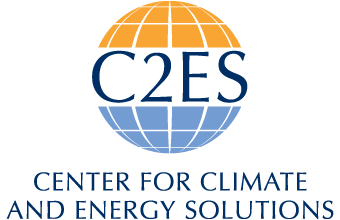

Compared to command-and-control regulations, carbon pricing is a market-based mechanism that creates financial incentives to reduce greenhouse gas (GHG) emissions. Thirteen states that are home to over a 30 percent of the U.S. population and account for more than 36 percent of U.S. gross domestic product have active carbon-pricing programs and are successfully reducing emissions. Those states are California, Oregon, Washington, and the ten Northeast states — Connecticut, Delaware, Maine, Maryland, Massachusetts, New Hampshire, New Jersey, New York, Pennsylvania, Rhode Island, Vermont — that are part of the Regional Greenhouse Gas Initiative (RGGI). Pennsylvania is a member of RGGI but is not participating in auctions due to litigation over whether the General Assembly can authorize participation.
RGGI is the first mandatory cap-and-trade program in the United States to limit carbon dioxide emissions from the power sector. California’s program was the first multi-sector cap-and-trade program in North America. Massachusetts has also implemented regulations to establish an additional cap-and-trade program for its power sector that runs in parallel with RGGI but extends out to 2050. Washington state established the second multi-sector cap-and-trade program in the United States. New York is preparing a multi-sectoral cap-and-invest program that is expected to launch in 2026, either in addition to or in place of its RGGI participation. And Oregon completed a rulemaking process to reestablish a program that places a declining cap on emissions associated with fossil fuel combustion in the state.
Last Updated January 2025.